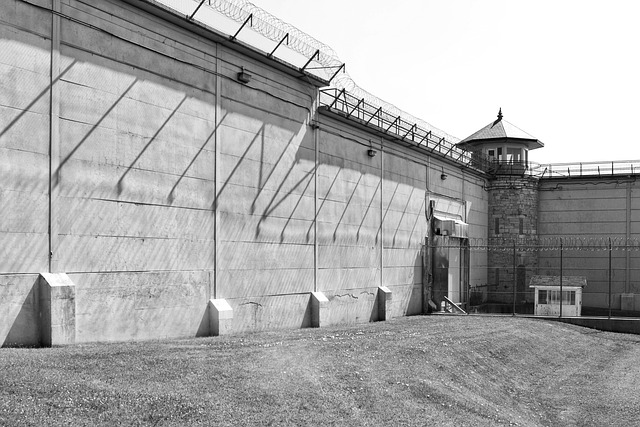In rural areas with low population densities, limited public transport, and longer travel distances, impaired driving poses a significant challenge due to lack of DUI prevention measures and education. To address this, tailored strategies focusing on community engagement, fostering responsible drinking culture, enhanced law enforcement presence, and technological advancements like surveillance systems and breathalyzer programs are crucial for Rural Community DUI Prevention initiatives. Strict legal consequences and improved road safety infrastructure further contribute to reducing impaired driving incidents, prioritizing public safety in these regions.
Impaired driving is a global issue, but its impact on rural communities presents a unique challenge. In these remote areas, limited access to resources and infrastructure can exacerbate the problem. This article explores strategies for addressing Rural Community DUI Prevention from a global perspective, delving into innovative approaches that cater to the specific needs of these regions. By understanding the nuances, we can develop effective solutions to combat impaired driving and enhance road safety worldwide.
- Rural Communities and Impaired Driving: A Unique Challenge
- Strategies for DUI Prevention in Remote Areas: A Global Perspective
Rural Communities and Impaired Driving: A Unique Challenge

In rural communities, impaired driving poses a unique and often overlooked challenge. With lower population densities, limited access to public transportation, and longer travel distances, residents may be more reliant on personal vehicles, increasing the potential for alcohol or drug-impaired driving. Additionally, these areas often lack robust enforcement measures and education programs targeted at DUI prevention, making it crucial for local initiatives to step up.
Rural Community DUI Prevention requires tailored strategies that address cultural norms, limited resources, and unique geographical considerations. Engaging community members, promoting responsible drinking culture, and enhancing law enforcement presence and oversight are essential components in combating this issue. By implementing targeted interventions and leveraging available resources, rural communities can make significant strides in reducing impaired driving incidents and prioritizing public safety.
Strategies for DUI Prevention in Remote Areas: A Global Perspective

In remote areas, where access to resources and enforcement is often limited, preventing Driving Under the Influence (DUI) requires tailored strategies. One effective approach is community involvement; empowering local residents to recognize and report potential DUI incidents can significantly deter alcohol-impaired driving. This involves raising awareness through educational programs targeting both youth and adults in these communities, emphasizing the dangers of impaired driving and promoting responsible drinking habits.
Technological innovations also play a crucial role. Remote areas can leverage advanced surveillance systems, such as camera installations at strategic locations, to monitor traffic and identify potential DUI cases. Additionally, implementing breathalyzer programs accessible to law enforcement and community members alike can swiftly test for alcohol impairment, acting as a powerful deterrent. These measures, combined with strict legal consequences and enhanced road safety infrastructure, can substantially reduce Rural Community DUI Prevention.
In addressing global perspectives on impaired driving, it’s clear that rural communities face unique challenges. Implementing effective DUI prevention strategies requires tailored approaches that consider geographical isolation and limited access to resources. By adopting innovative solutions and sharing successful programs across borders, we can enhance rural community DUI prevention efforts worldwide. This collaborative approach is essential in reducing the impact of impaired driving and ensuring safer roads for all.






